Search
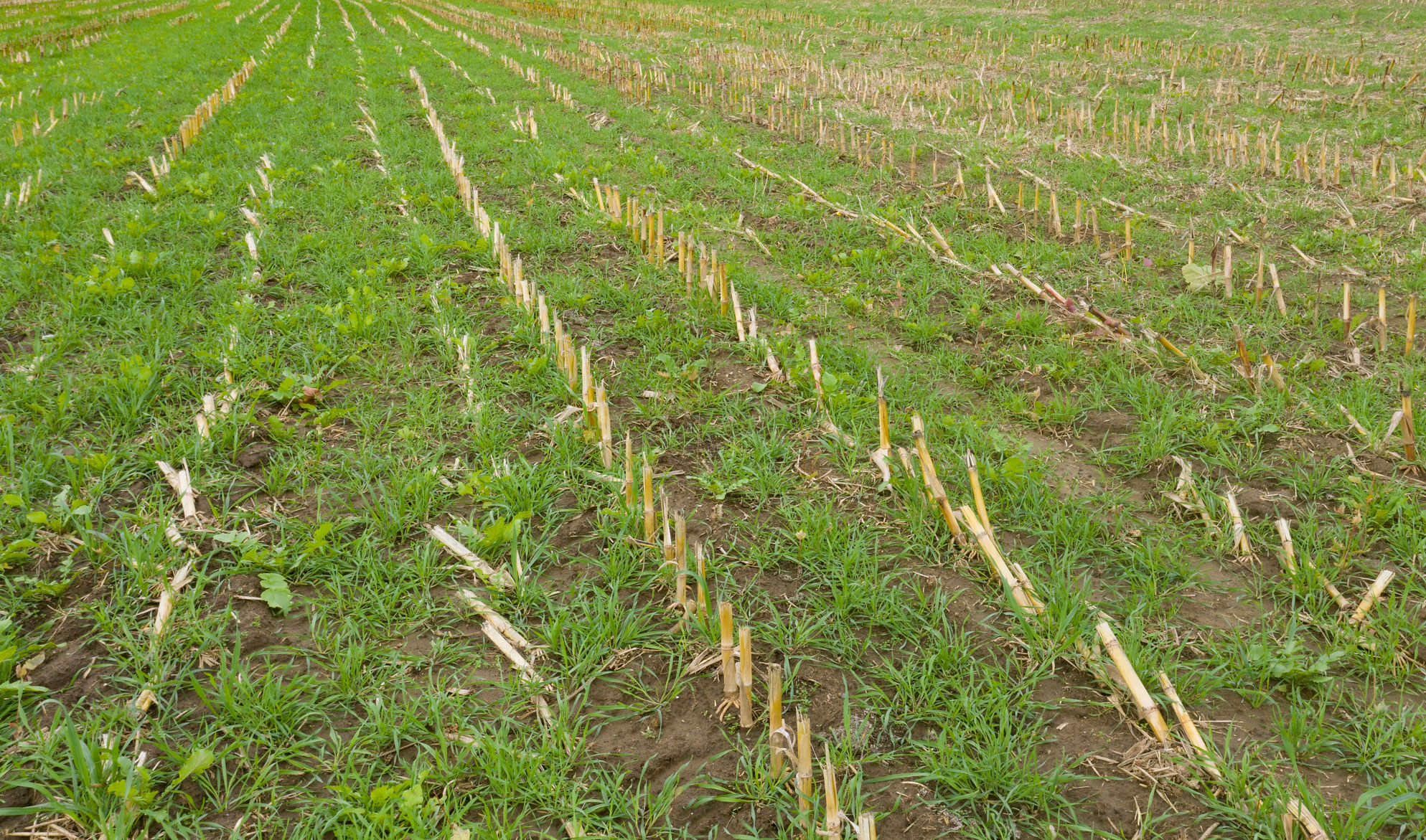
Utilizing Cover Crops for Grazing: An Assessment on Economic Benefits
Grazing cover crops by cattle provides an option to offset cover crop seed costs and increase farm revenue. To facilitate farmers’ decision making, this article will evaluate the economic profitability from grazing cattle on cover crops using a partial budgeting approach.

Choosing Vegetable Varieties for South Dakota
Fact sheet describing characteristics to look for when selecting a vegetable variety to grow in South Dakota.
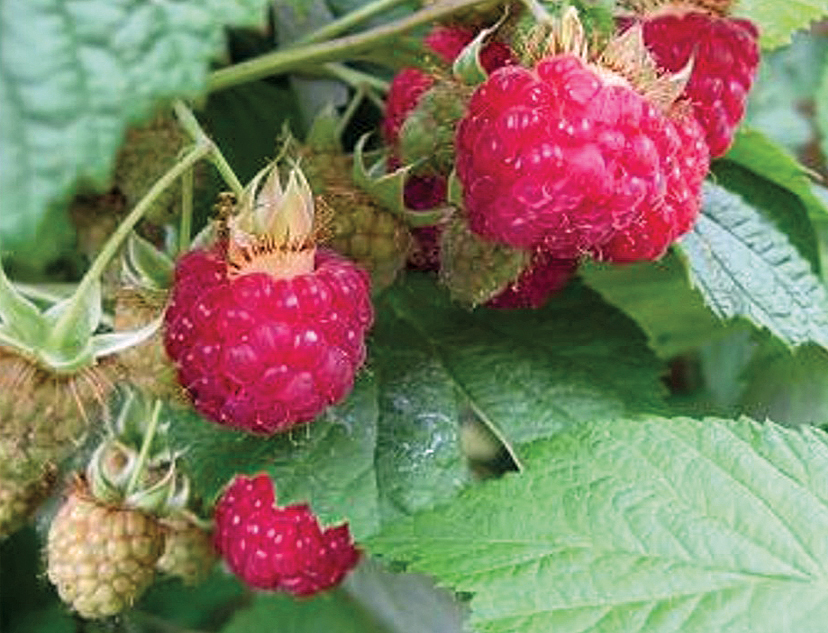
Growing Raspberries in South Dakota
Fact sheet describing how to grow raspberries in the home garden: selection, planting, and care.
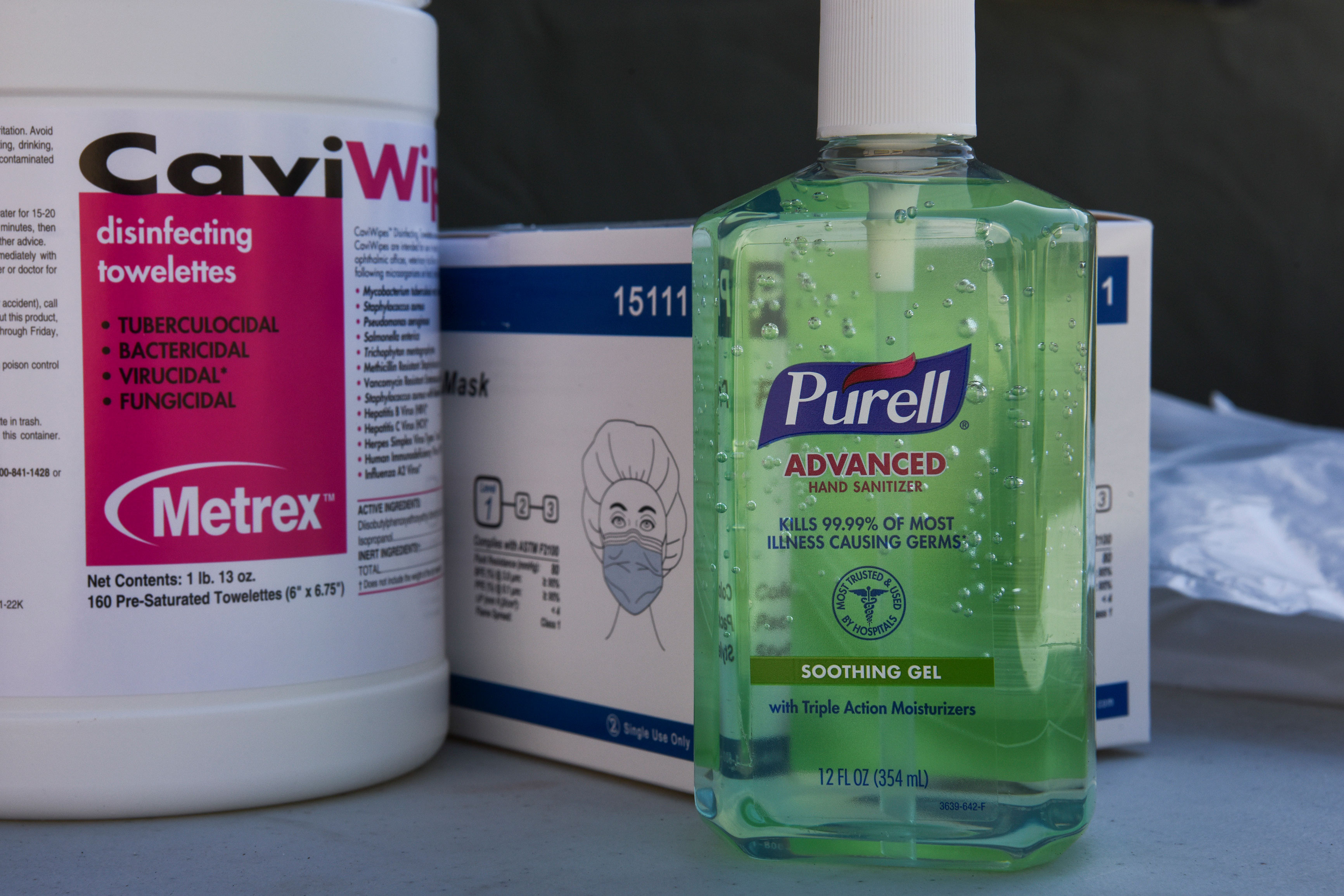
Information on How to Deal With COVID-19 for Dairy Workers
We would like to share some advice on measures to follow due to the problems that are affecting the world population today, including all of us.

What Kind of Records Are You Keeping?
Measurement of the actions and efforts of everyday life on the farm or ranch leads to better management and efficiency. Many farmers and ranchers keep many records. Utilization of the records for improved management would be the next step to take to improve efficiency.
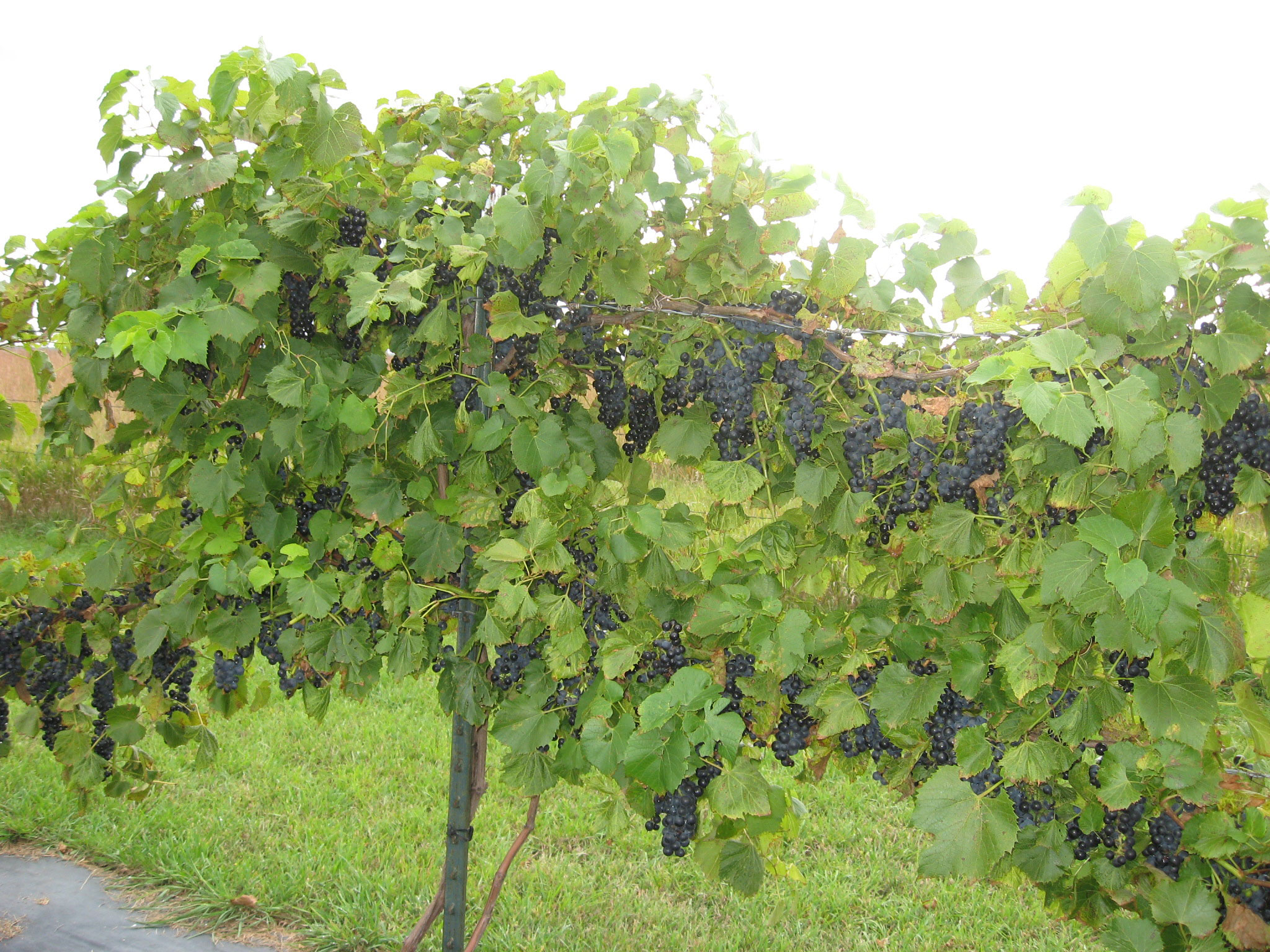
Vineyard Work Calendar
Monthly check list for vineyard work
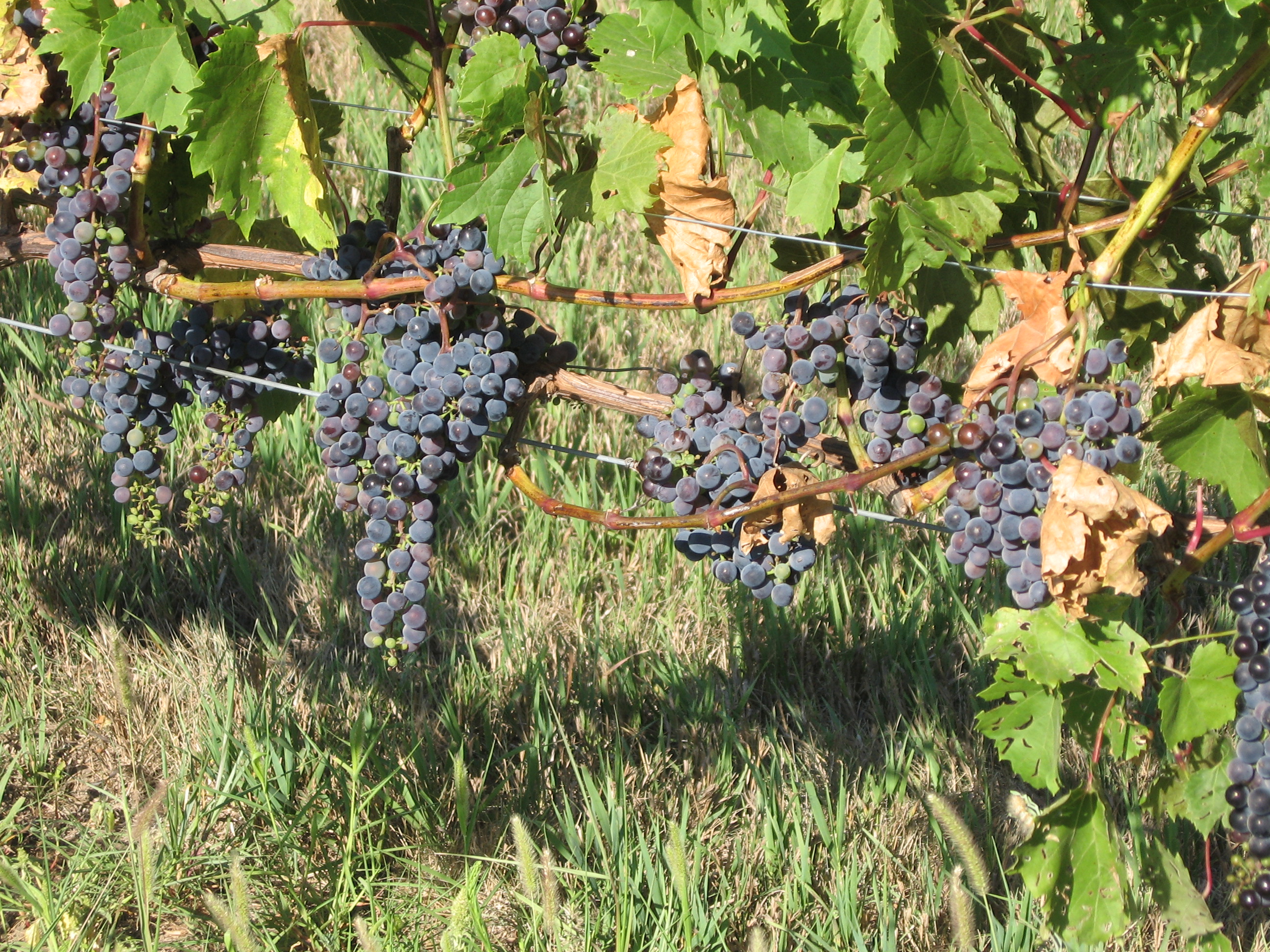
Grape Varieties for South Dakota
Updated list of grape varieties recommended for South Dakota.
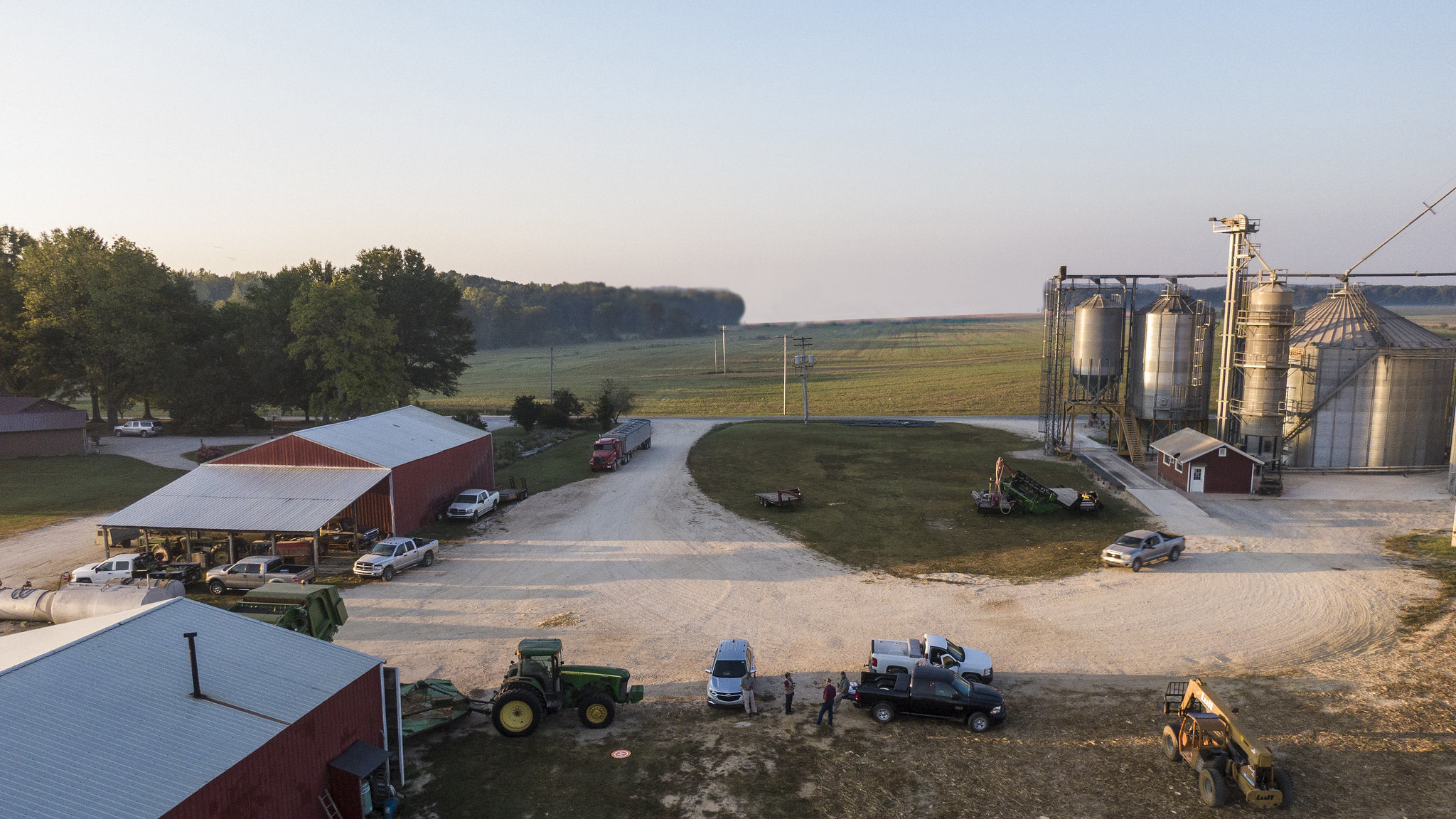
Planting Projections 2020
South Dakota producers recently indicated they plan to plant 12.9 million acres of corn, soybeans and wheat in 2020, plus an additional 620,000 acres of sunflowers, 345,000 acres of oats and 45,000 acres of barley, as well as 270,000 acres of sorghum and 11,000 acres of dry edible peas.
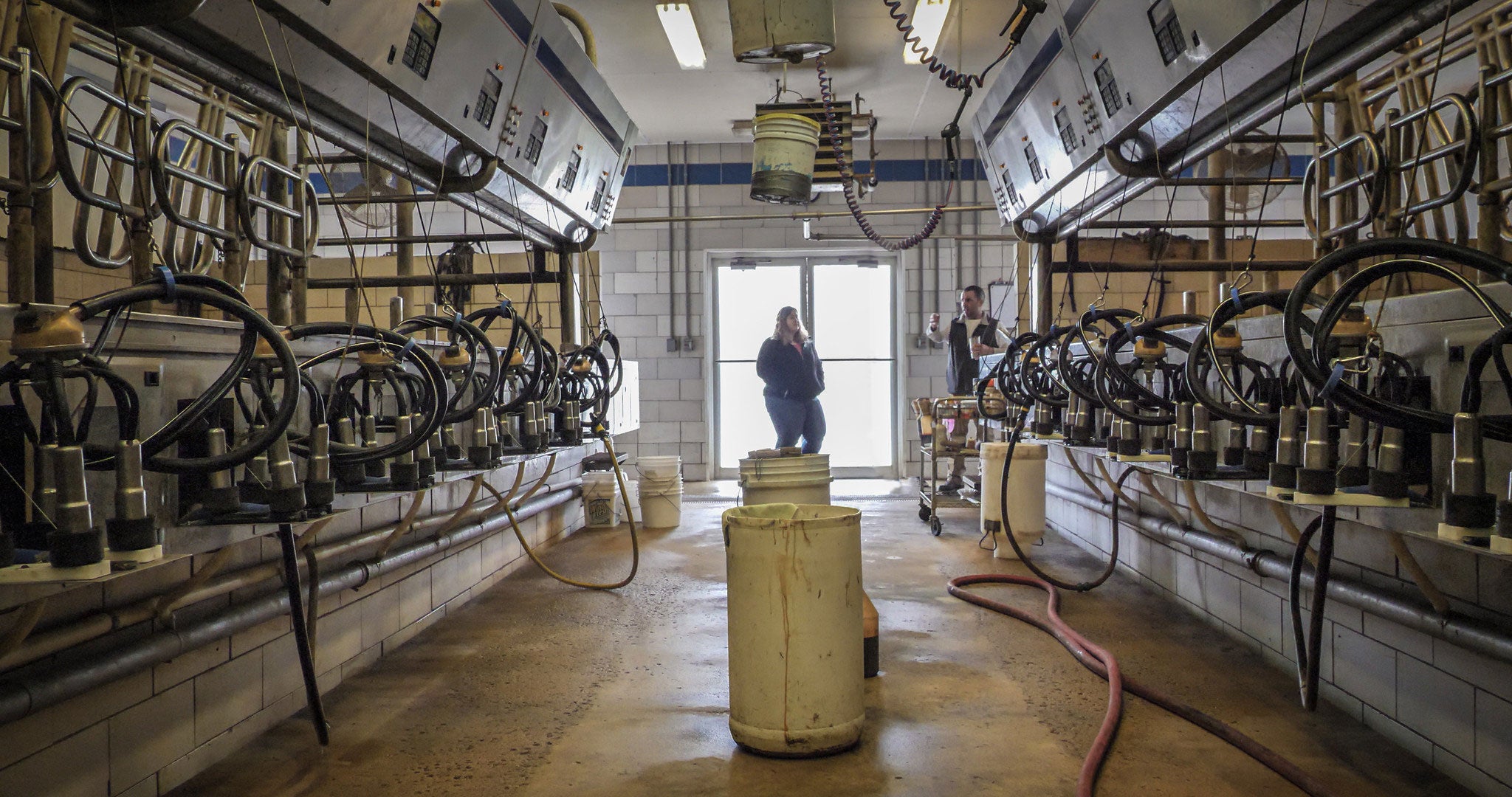
Communicating With Dairy Farm Employees in the Time of COVID-19
Communication has always been a key in any farm operation. In today’s environment, clear communication with your employees is more than crucial due to COVID-19 impact.

Grain Storage Calculator
An Excel based spreadsheet for corn, soybean, spring and winter wheat producers.